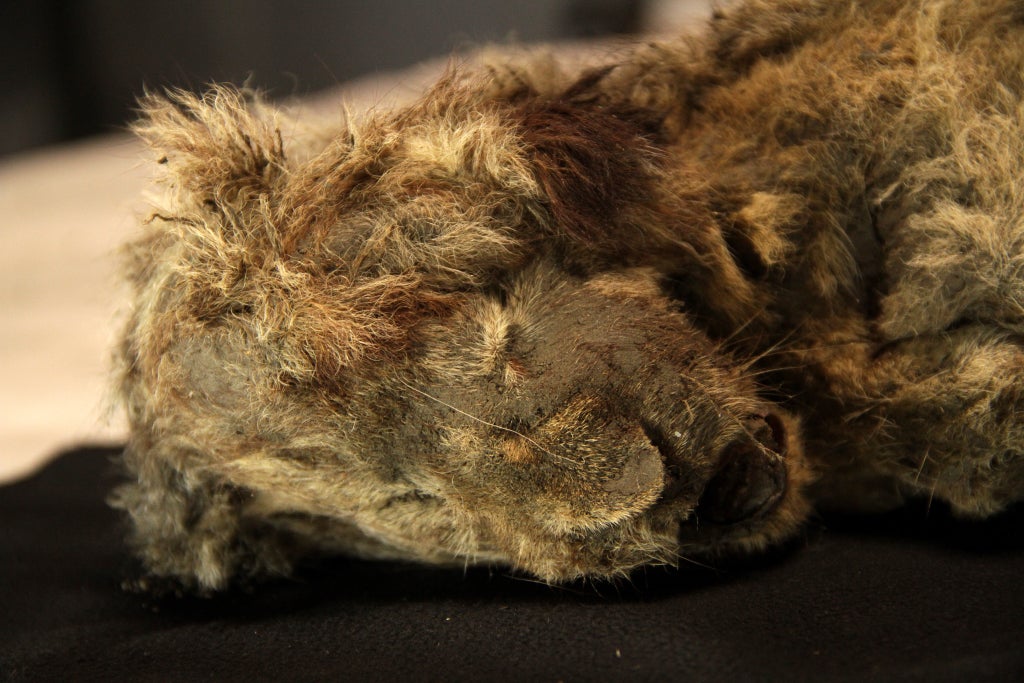A pair of Ice Age lion cubs discovered in Siberia dating back tens of thousands of years to the Upper Paleolithic, are thought to be some of the best-preserved specimens ever found, researchers say.
The cubs, the size of house cats and dubbed Boris and Sparta, were unearthed in 2017 and 2018 by mammoth tusk hunters in the Semyuelyakh River, Yakutia, in what is now eastern Russia.
Both are believed to have been about a month or two old when they died, according to a study by an international team of scientists, published in the journal Quaternary.
Boris, the older and less intact of the pair, is estimated to be around 43,448 years old with a greyish, yellowish fur coat.
The younger, Sparta, is thought to be around 27,962 years old and described as being in “near-perfect condition”, with a greyish to light brown fur.
Love Dalén, a member of the research team, told CNN: “Sparta is probably the best preserved Ice Age animal ever found, and is more or less undamaged apart from the fur being a bit ruffled. She even had the whiskers preserved.
“Boris is a bit more damaged, but still pretty good.”
Only four Ice Age lion cubs have been ever been discovered, the study says. All were unearthed from the melting permafrost in Russia’s extreme northern region, in the river basin of the Indigirka River.
The cause of their deaths is not known but the researchers believe they most likely died in their den, under the snow or earth, perhaps following a landslide.
“Given their preservation they must have been buried very quickly. So maybe they died in a mudslide, or fell into a crack in the permafrost,” Dalen continued. “Permafrost forms large cracks due to seasonal thawing and freezing.”
Similar major discoveries have been made in Russia’s vast Siberian region in recent years. The earth in Yakutia is typically frozen all year round, but climate change means previously frozen soils are increasingly easy to explore, giving rise to a large mammoth-tusk hunting industry, from which an increasing number of paleontological finds have been made, including mammoths, woolly rhinos and Ice Age foal. In September 2020, a well-preserved carcass of a bear was discovered in the Lyakhovsky Islands in north-eastern Russia.
A month earlier, the carcass of a woolly mammoth dating back some 20,000 to 50,000 years, was found with many of its internal organs still intact.




